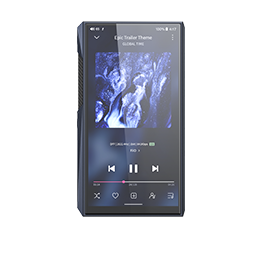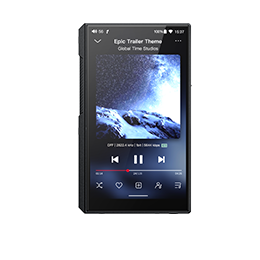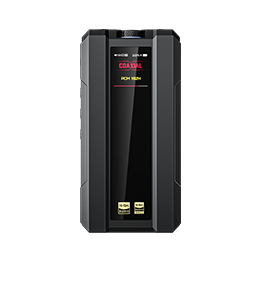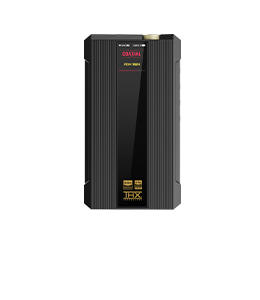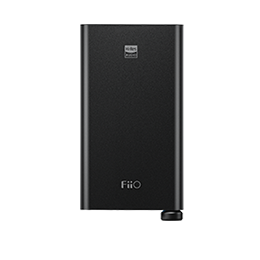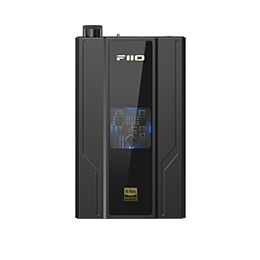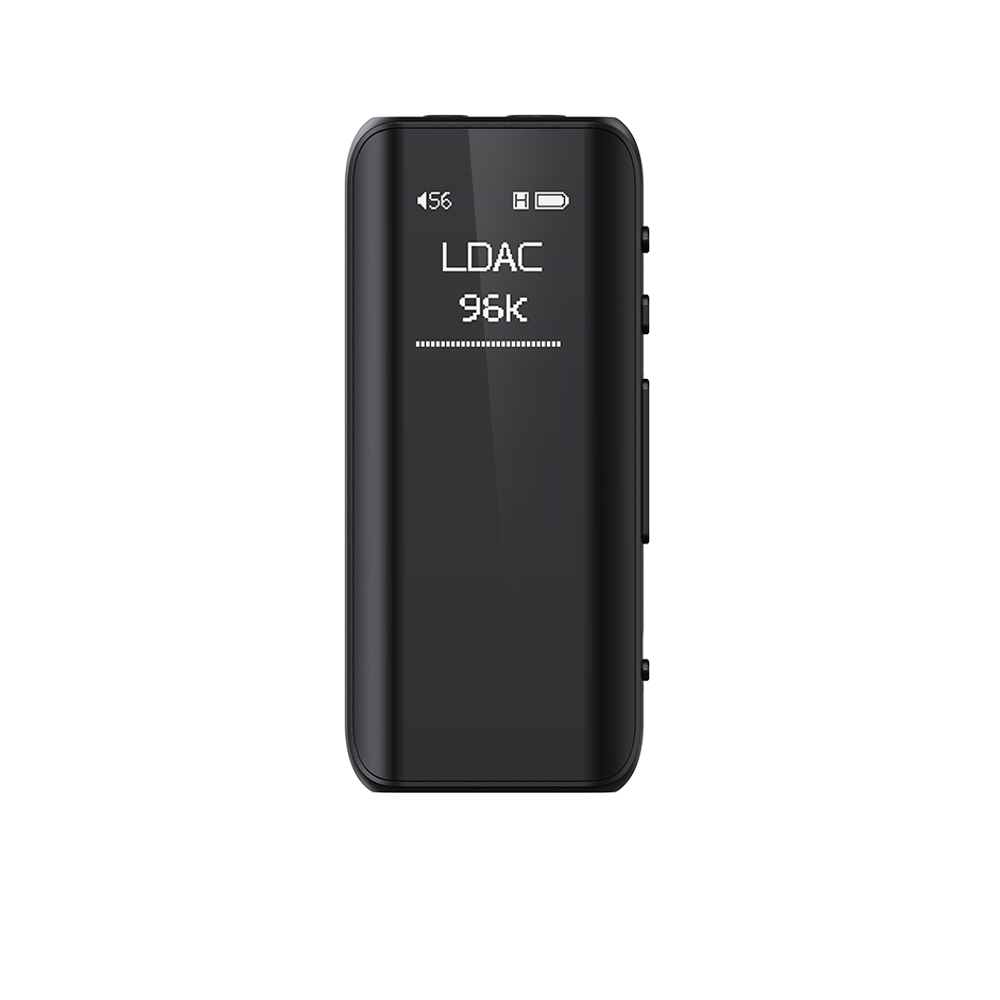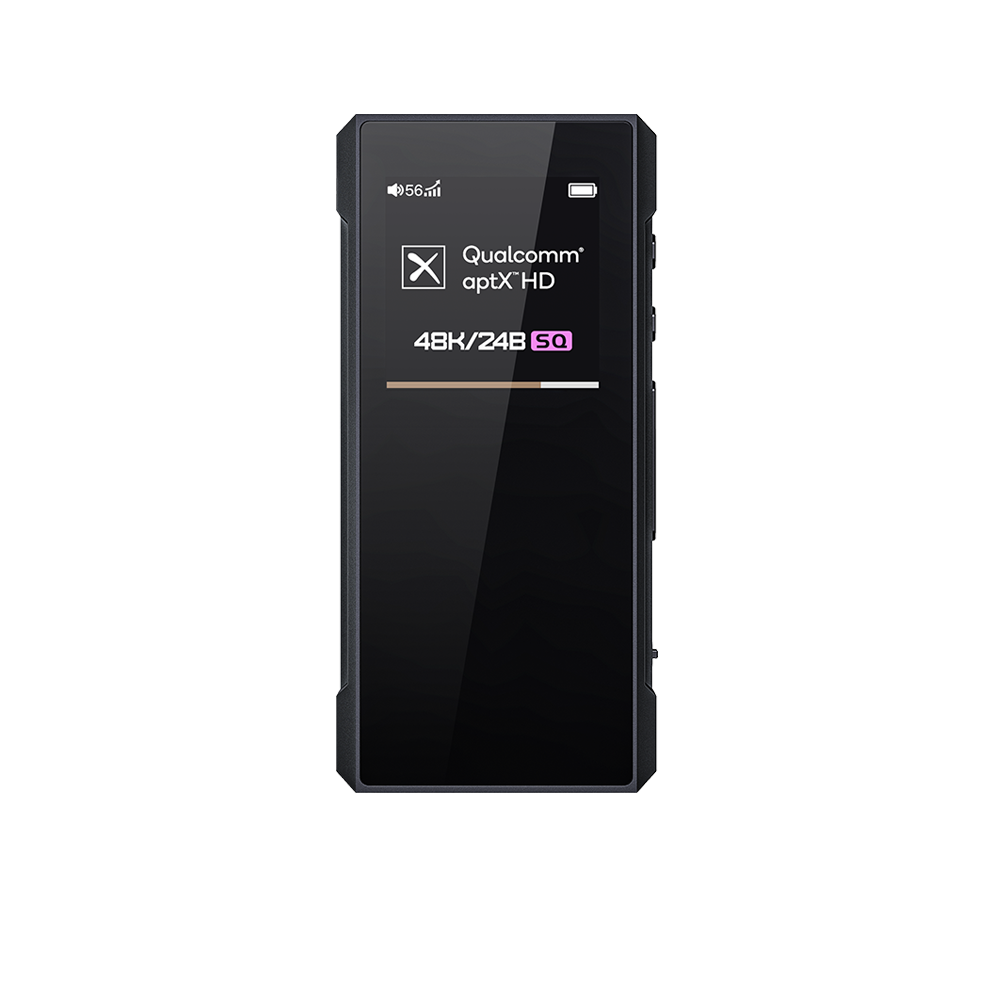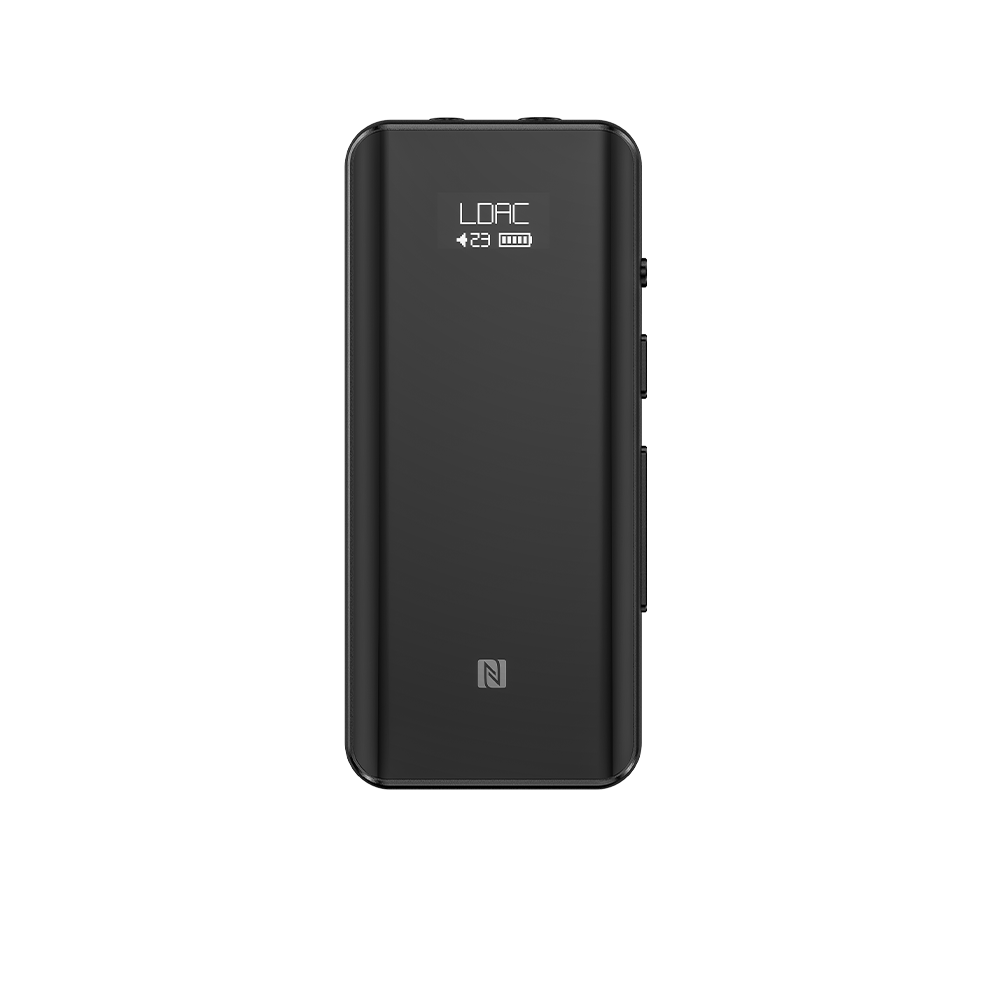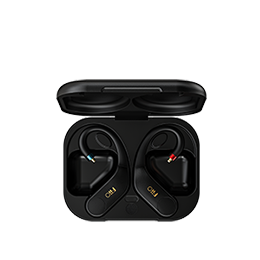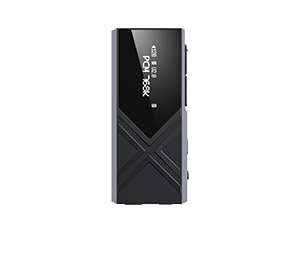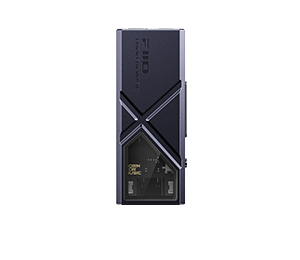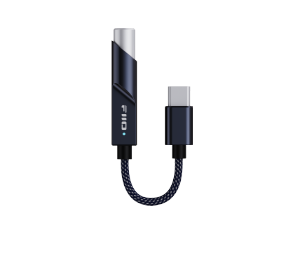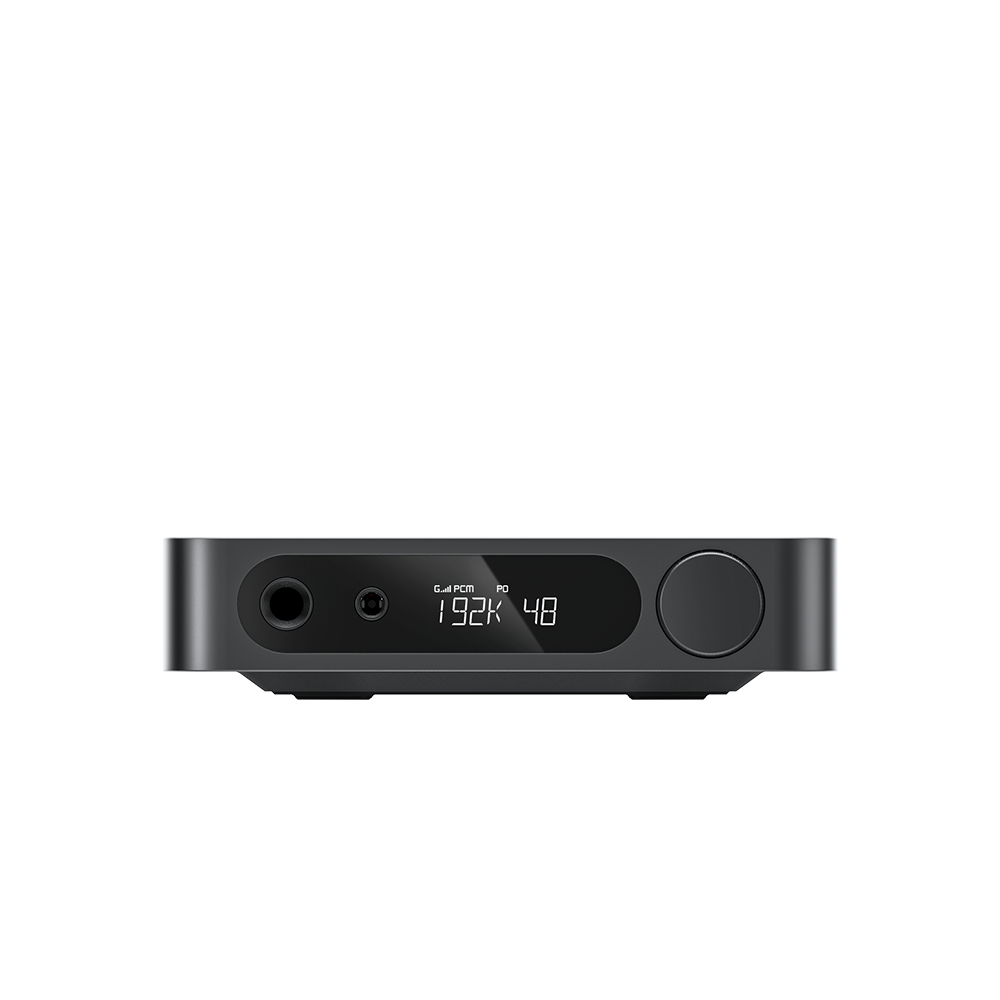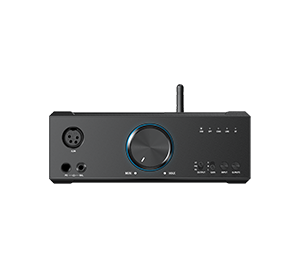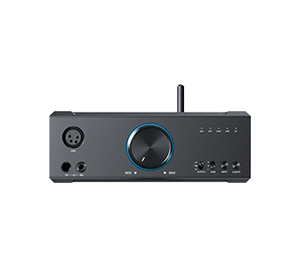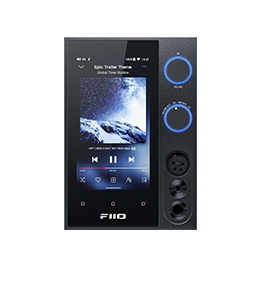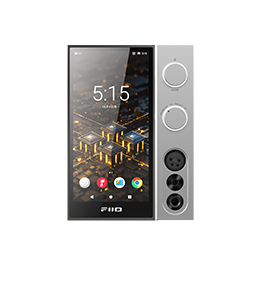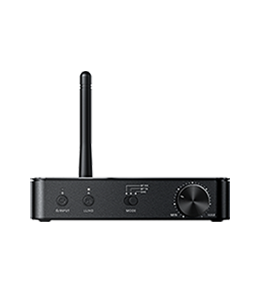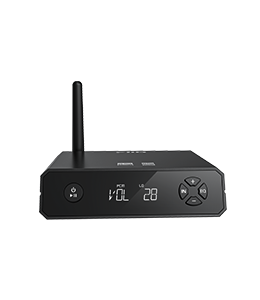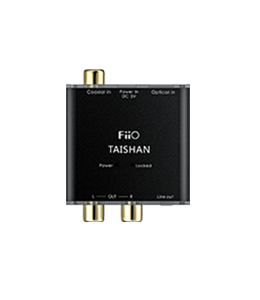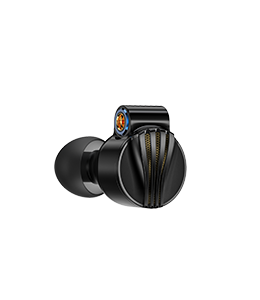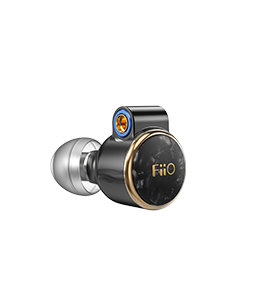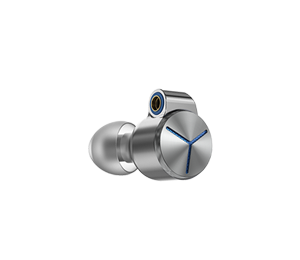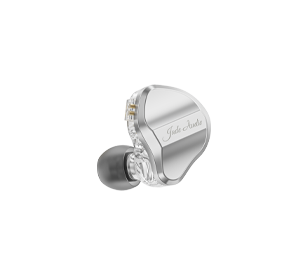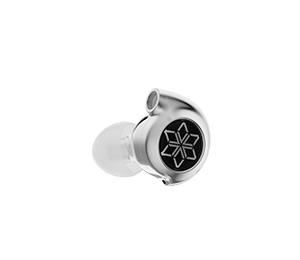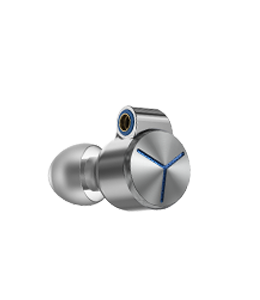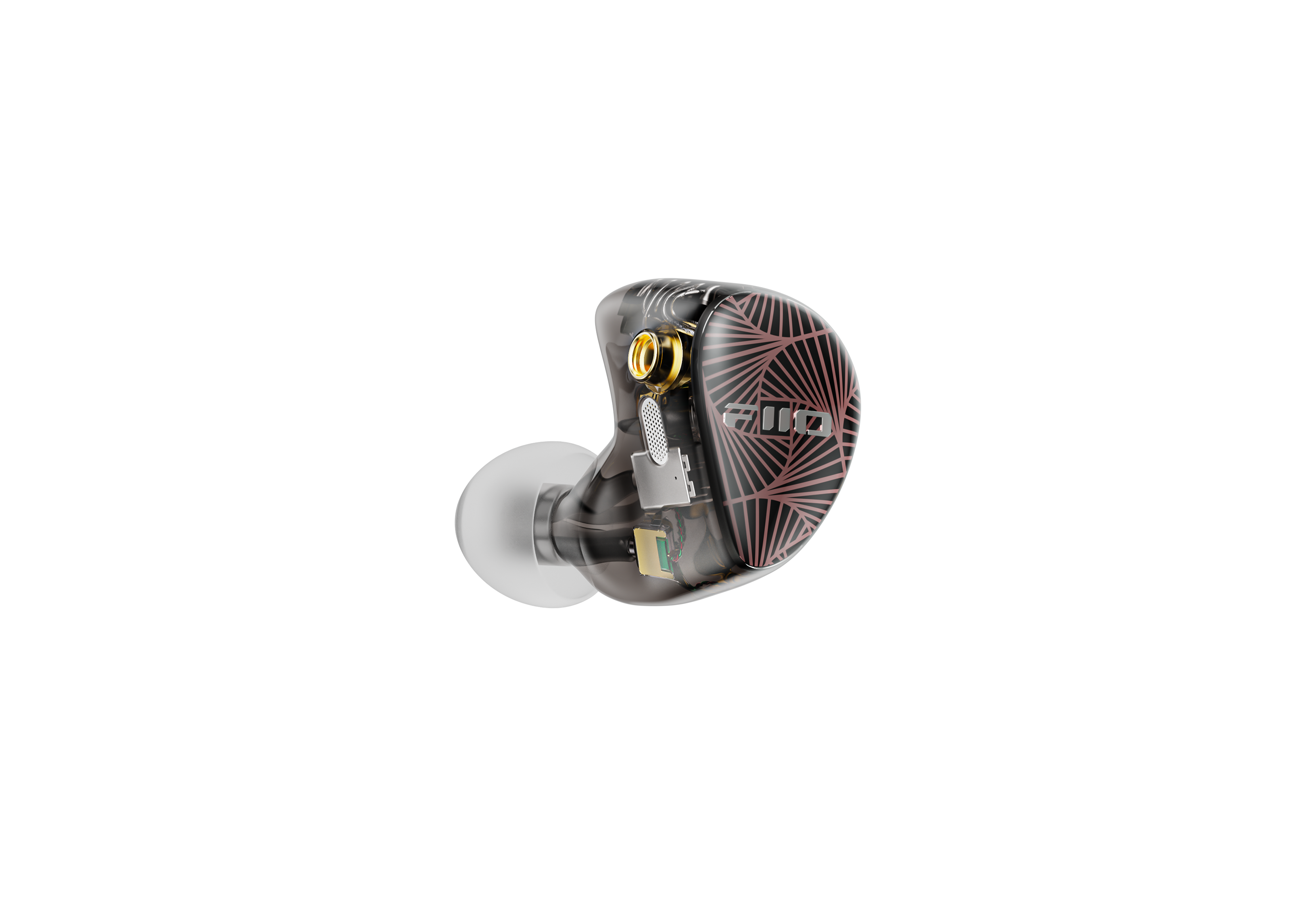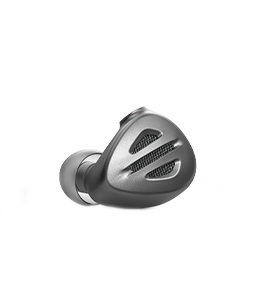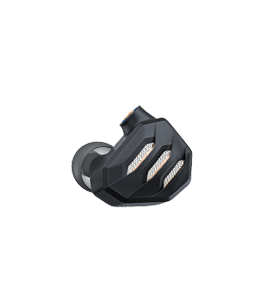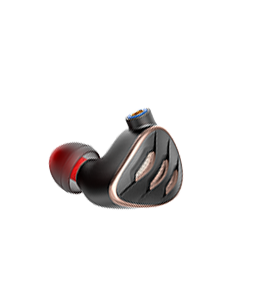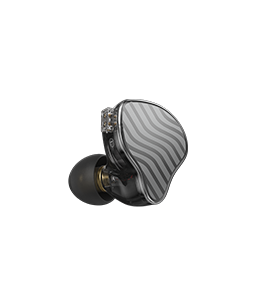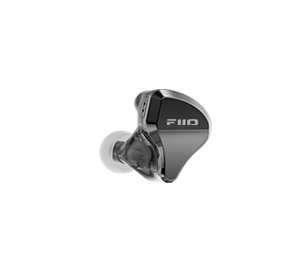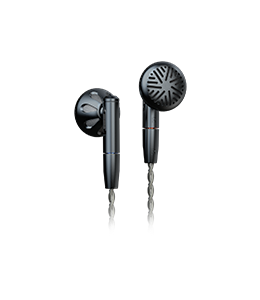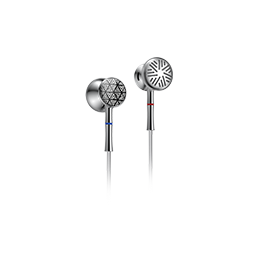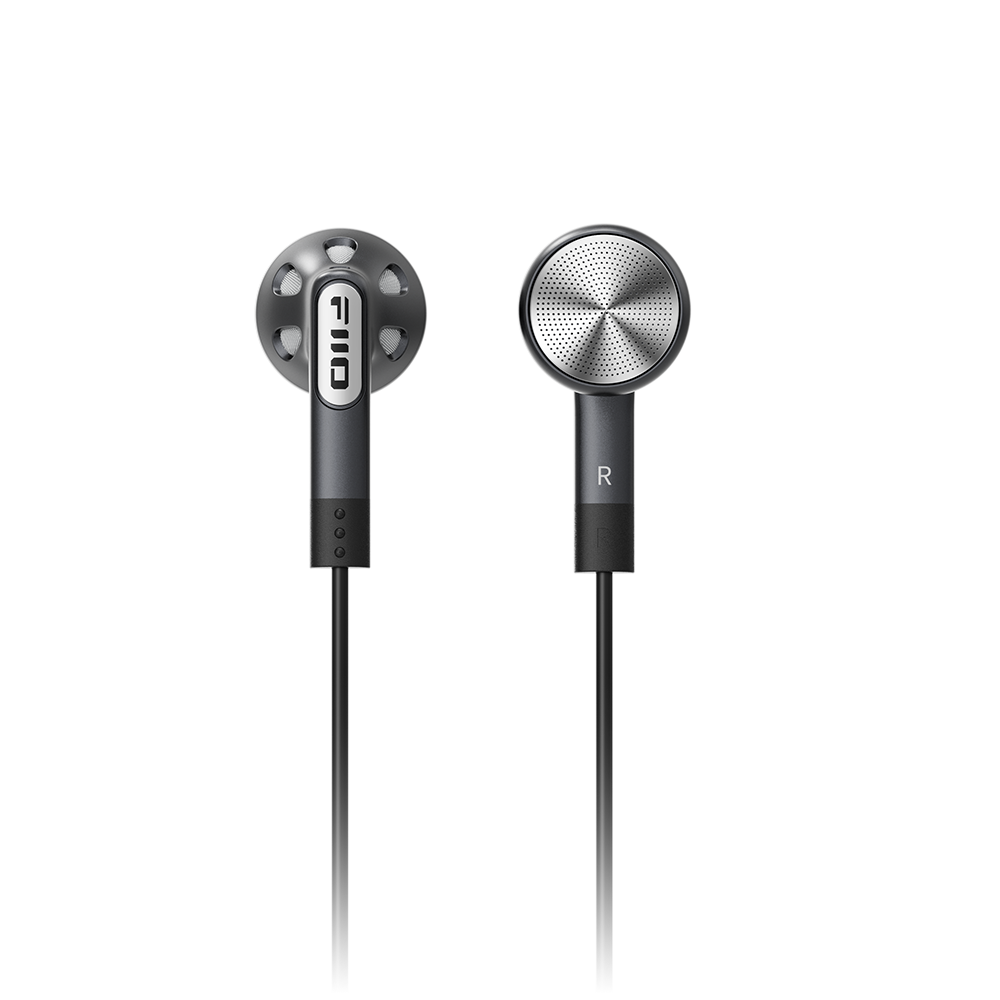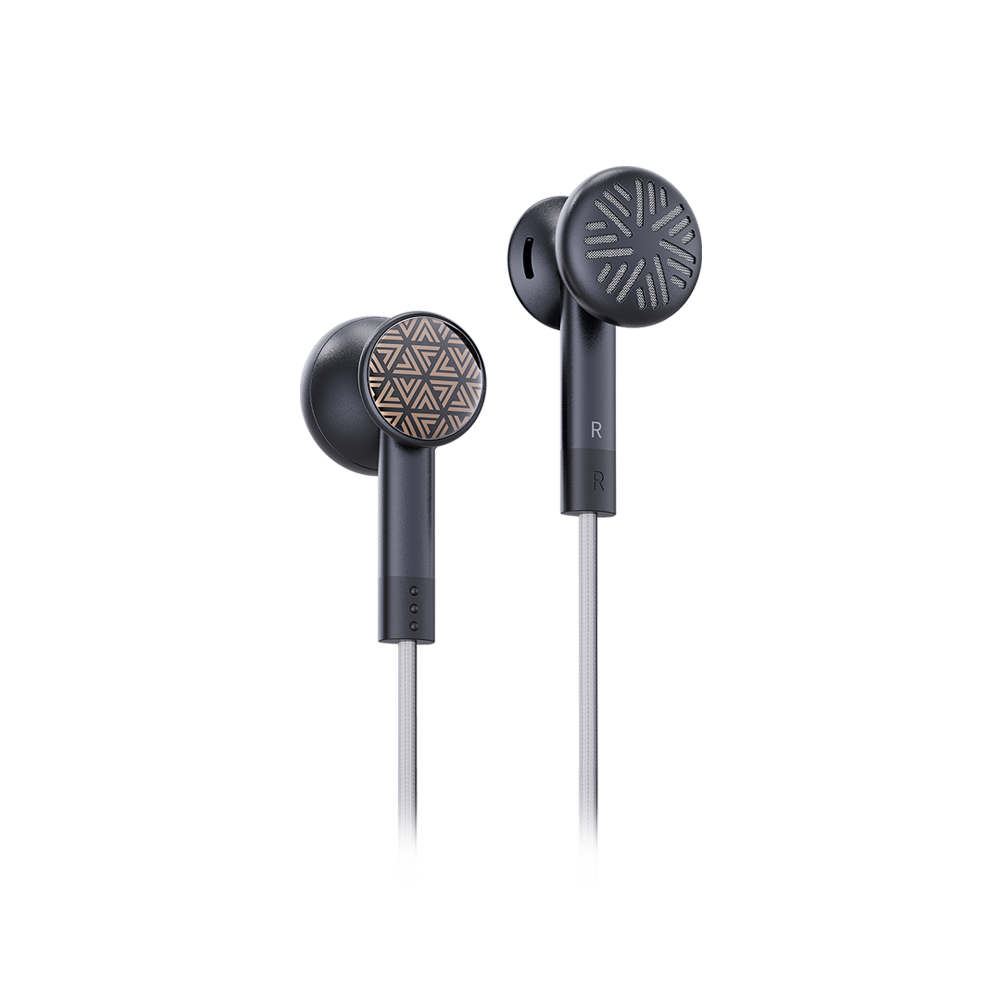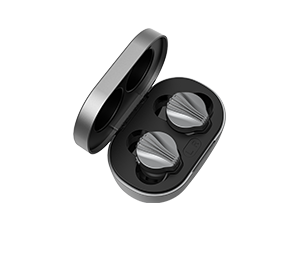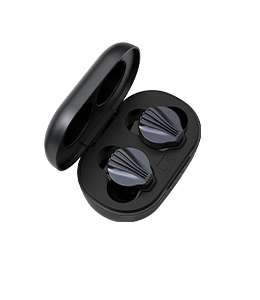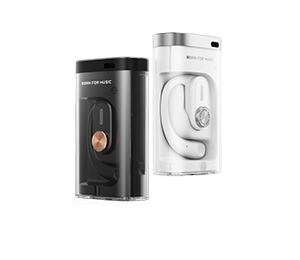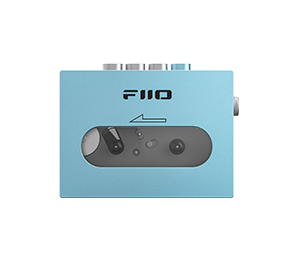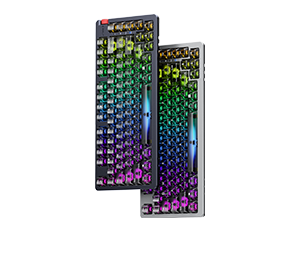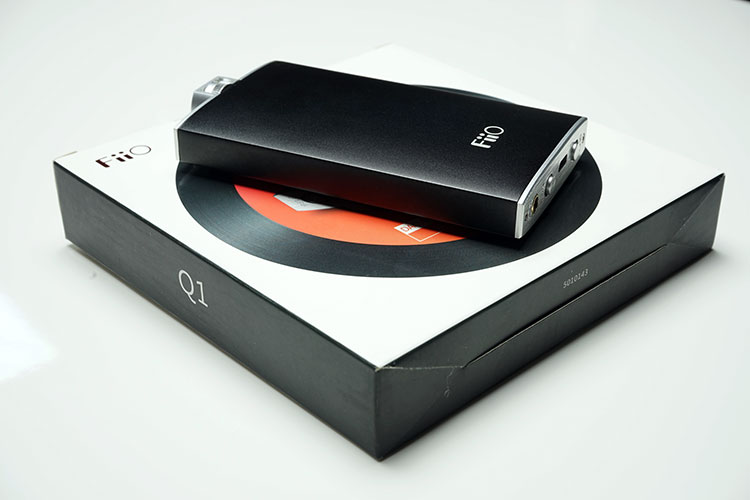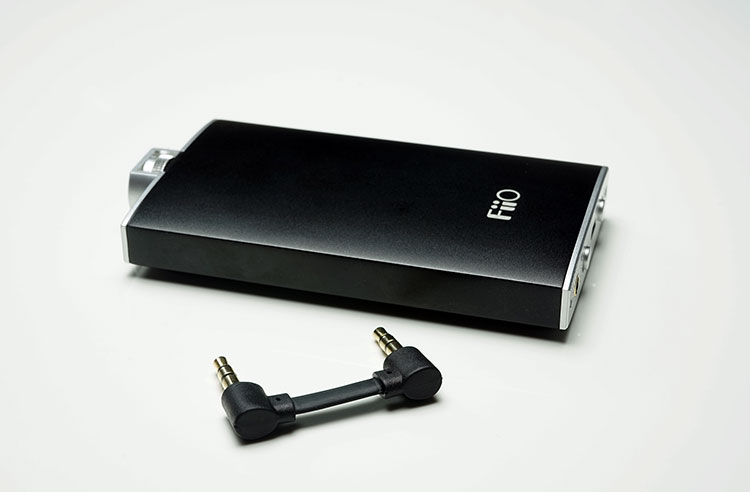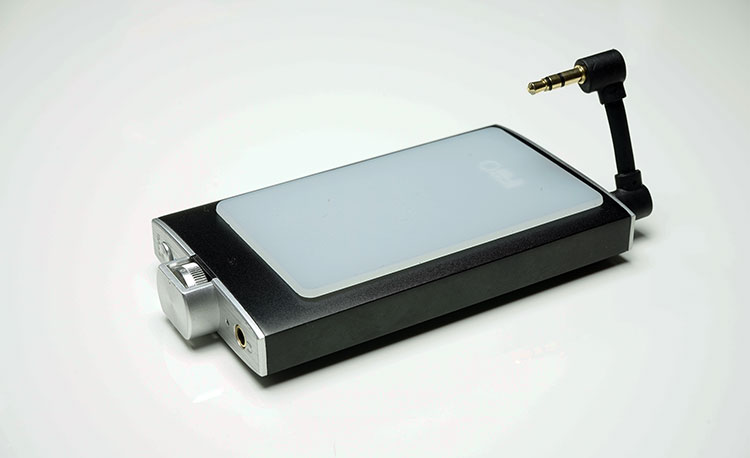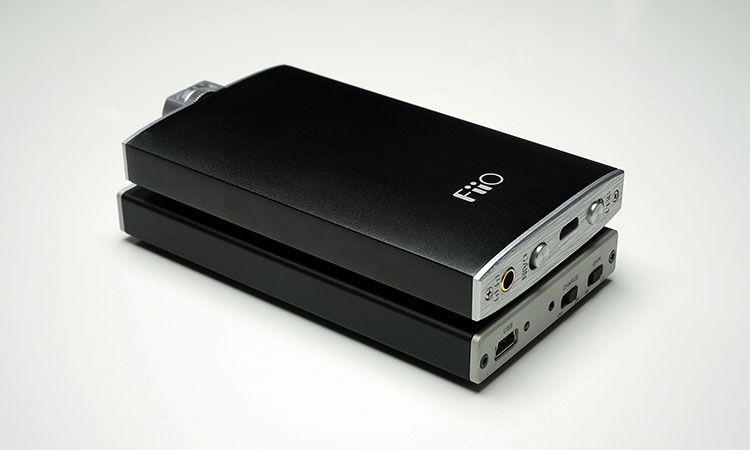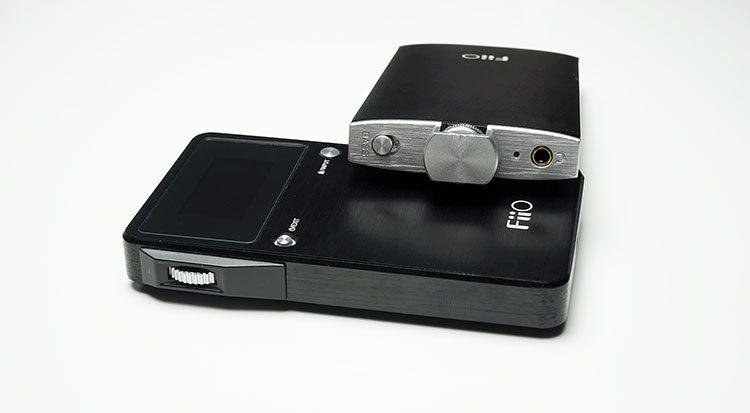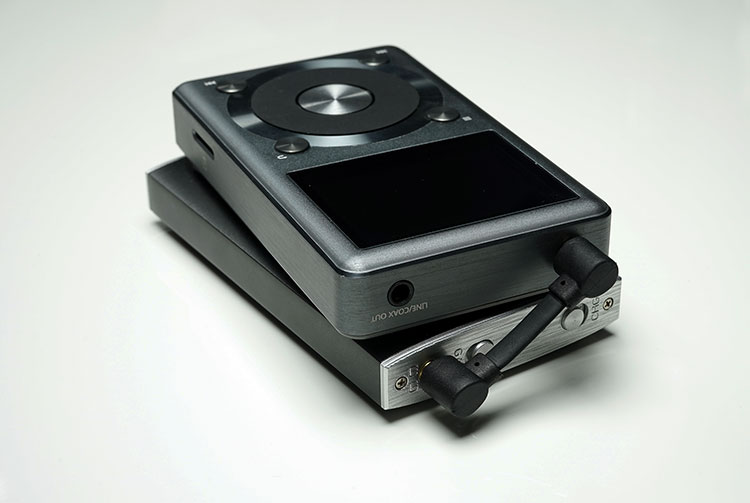THE Q1 DAC/AMP BY FIIO
Author:marcusd
Review from:HEADPHONICS
→→ Read the original article on HEADPHONICS:>> Click here
You could be forgiven if you thought FiiO has been all about the DAP’s over the last few years when in actual fact the portable amp is what gave FiiO it’s name and for many years was their bread and butter to the aspiring budget audiophile. Things have been a bit static over the last year or two as the X series gathered momentum with only the E series being revised and upgraded and the D series falling back as bit. Well now comes a brand new letter, the Q, and out of the blue the Q1. Normally you get a bit of advance notice on any new FiiO units due out but this one landed on my desk a few days after the FiiO team said “Hey what about the Q1?”. It’s a much shorter PR cycle this time and the Q1 is already out on the shelves.
Of course recently you would have seen their line-up due out over the next few months and it is very exciting indeed with the X7, M3 DAP and an all new dock for the X Series DAPs all due out. The Q1 comes in at the lower end of the scale at $69.99 and is DAC/Amp much in line with the form factor of the old E11 and E11k series amps, but of course with a DAC thrown in. Given the price it is clearly targeting the first time upgraders and possibly pitched as a direct competitor to the iBasso D-Zero Mk2 which retails slightly higher at $120.
What You Get
The Q1 comes in much the same package as the E11k and E17k with their new slim pack white cardboard sleeve housing the unit box and accessories. The Q1 external packaging print contains almost very few details about what the DAC or Amp can do, the unique selling points which the X series had save for dimensions, output power, color and S/N specs. No mention of the DAC decoding, battery life and bass boost. Now this not altogether new as the E series has a similar approach but personally I would like to see FiiO be a bit brasher in their packaging print and point out what the Q1 can do, much like what Creative did with their new E Series which screamed features.
Inside you get a few new things plus some usual things alongside the unit itself. The same old is the USB Cable and rubber straps, always a requirement especially with a built in DAC in tow. But the new things are very interesting indeed. The first is doing away with the little rubber feet and switching to a silicone mat. I am in two minds on this. I love the silicone feet to be frank and considered it vital to prevent scratches but I understand that might be challenging given the flask form factor of the Q1 and having a curved base. But the silicone mat for me is a bit cumbersome to carry around all the time unless permanently sandwiched between the Q1 and whatever source you are working with, such as maybe a FiiO X3ii. If you are stacking it works a charm, if you are not it’s just one extra thing to think about.
The second big addition is just brilliant and that is the super short IC that I know our local groups have been buying in bulk from JDS LABs over the last year or so. The FiiO short IC is a 3.5mm to 3.5mm one inch cable and the build quality is vastly more robust than the JDS version which I mothballed recently due to the fear of it snapping if any tension was applied. Short IC’s such as this need to be strong and the FiiO one is just that. The benefits of a short IC are clear. That small profile keeps your whole stack clean and free of entanglement making headphone and IEM insertion a breeze and packing the stack a piece of cake. Thank you FiiO for throwing this one in as stock and please do this from now on, it is a very welcome addition.
Build Quality & Features
Form Factor
The Q1 itself is very reminiscent of the FiiO E11k with a touch more premium finish at the front and back with silver brushed metal face plates. The hip flask form factor which the E11k took its cue from is much more in evidence with the Q1. The Q1 is also plastics free, sporting an all metal body which should give it ample protection when strapped to RF heavy devices like mobile phones. The top and sides are free of buttons, switches and LED lights with only the front and back plates housing all the functionality.
Front
The front panel also acts as a protector panel to a very nicely crafted medium sized analog pot right in the middle. The pot also doubles up as the power on/off with a very reassuring click based resistance switch when turning it round from the zero or off position. It’s a little bit flatter and less protruding than the pots on the E12 and the E18 but the grip is solid and easy to manipulate. To the right you have the on off LED light and a 3.5mm jack output for the IEM or headphone of choice and to the left you have a solid looking bass boost switch
Rear
At the back you have a micro USB port which acts as both your charger and DAC interface. The choice to charge or use as a DAC is controlled by a switch on the far right of the rear panel. To the far right of the rear panel you have a lineout/line in 3.5mm jack port and the high/low gain switch.
Inside
The Q1 utilizes a Texas Instruments PCM5102 DAC chip for decoding purposes and a Maxim MAX97220 for amping. The PCM5102 is a very cost effective DAC solution that is easy to implement and integrate. It needs very few components to make it work, and only needs a single 3.3V supply so the choice seems logical for the price of the Q1. It can handle up to 96kHz/24bit decoding on most major codec outputs from compatible digital sources with a reasonable 190mW load into 32ohms. Eagled eyes readers will note that the amp used by FiiO here is the exact same Maxim MAX97220 used by Creative in their budget E1 amp we reviewed last year and an amp module often favoured by Creative in their gaming hardware. The Q1 is rated as suitable for headphones and IEM’s from 16-150ohms which is consistent with the FiiO X5ii and X3ii rated power handling for cans and IEM’s.
The Battery
The battery is a 1400mAh li-poly battery which, on paper, puts out a class leading 30 plus hours of playback time. That is a very handsome performance indeed for a 1400mAh rating. Now with the DAC in full swing I suspect those numbers will drop a bit especially if your tracks are all 96kHz/24bit and the bulk of the 30 hour rating is amp only. Indeed the rating drops to 15 hours with a DAC. Even so that is way ahead of many similar units such as the Creative E1 rated at 25 hours and the Creative E3 at 17 hours for pure amping. It even outperforms the 1400mAh in the E11k which is rated at 16 hours. The iBasso D Zero MK2 DAC is rated at 10 hours when using the DAC which is 5 hours less than the Q1 but note though it has a 120 hours rating using the amp only compared to the Q1 rated 30 hours which is out of this world.
OTG and DAC
Just for the record the Q1 does not officially support OTG but with a number of apps it will indeed function with OTG digital audio such as HibyMusic or Onkyo. The Q1 also does not come supplied with an OTG cable but understandable given it does not officially support it. A second quick note that unlike the XMOS powered DAC’s of the X series the Q1 is just a simple plug and play DAC with a PC which saves a lot of time downloading drivers.
Page 2: Sound Impressions
Sound Impressions
Tonality
Tonally the Q1 is warm to neutral with a relatively natural sound that is cleaner and slightly brighter than the D-Zero MK2 from iBasso and a step up from the E11k. It has a very nice pace and musicality to it with decent detail retrieval and a little sparkle in the top end that is relatively extended but never feels strident or terribly sibilant. The timbre on the Q1 is actually quite pleasing and relatively realistic and easily outmanoeuvres the Creative E range which sounds positively unnatural in comparison. Bass (non-boosted) is snappy and full sounding, vocals are smooth, sibilant free and easy to listen to though slightly lacking in detail and texture.
I did not find the Q1 as neutral as the E18 or the FiiO X3/5ii, nor do I find it as expansive or resolving but I do find it to sound rather non-digital and almost analog/organic in many respects which I rather enjoy in many my amps at no matter what the level is. The Q1 pot balance is excellent with only the merest hint of channel imbalance typical of most analog pots when on next to zero volume and a highly commendable black background at this price range. This is a mature sounding portable amplifier that pairs really well with hard rock, pop, plenty of EDM genres (Benny Benassi sounded great actually).
Matchability
You can strap the Q1 to most DAPs and Smartphones either via the Line out or the OTG if you happen to have a compatible Android smartphone or a camera connector setup for iGadgets such as the iPhone or iPad. The smaller 3.5mm IC is fairly flexible and I had no issues with connecting to the DX90, the FiiO X3ii and FiiO X5ii despite their different line-in/aux input positions.
I can also confirm no issues at all with HibyMusic on my Sony Z Ultra using an OTG to the Q1 (Android 5.1.1) and gleefully I also have native music and video apps support also so much like the E18. FiiO products seem to work rather well with Sony smartphones.
Powerwise the Q1 does just fine with both sensitive IEMs, portable headphones around 32ohms and gleefully does a decent job of driving the HE400s. That bass boost of the Q1 fattens out nicely on the HE400s giving an added touch of fullness on a headphone not really known for it slamming bass. It won’t command the full potential of the HE400s in terms of imaging and soundstage but it more than adequate for driving capability.
Comparisons
Q1 vs D-Zero MK2
There are very few (non-FiiO) portable amp/DACs in this price range but perhaps the closest both in look and feel and price is the iBasso D-Zero, especially the MK2 released at the end of 2014.
Build & portability
Both have very similar physical dimensions with the D-Zero sporting a more regular rectangular box form factor than the hip flask shape of the Q1 and coming in slightly thinner and more compact also. Battery life of both is impressive but the Q1 beats out the D Zero during DAC use by 15 to 10 hours total playback time though the D-Zero MK2 has a bewildering 120 hours playback as an amp only compared to the Q1 with just 30 hours rated. I still can’t get over that quoted iBasso figure and whilst I have not been actively counting the D-Zero MK2 can go on for days and days without need to charge. Both can charge during playback also.
Features
Both are amp/DACs and work just fine on plug and play with both MAC’s and PC’s. OTG is supported by both though iBasso is more upfront about their support and have thrown in an OTG cable whereas FiiO have declined with the Q1. Both have functionality to the back and front with clean flush button free left and right panels. I do prefer the more physical volume pot of the Q1 to the protruding volume dial of the D-Zero. Both are relatively easy to manipulate but I found the Q1 volume control just that bit more accurate and smoother whereas the D-Zero MK2 felt a bit too jumpy in comparison.
Tonality
Sound wise I found the Q1 to be brighter sounding than the D-Zero MK2 which sounded warmer by comparison though I would not term the Q1 as really that neutral or bright. Both have warmth, just the D-Zero MK2 sounded that bit warmer. The Q1 has a bit more sparkle and clarity in the top end, a cleaner and slightly more forward vocal presence and a blacker background when compared to the D-Zero MK2. Some people might prefer the MK2’s slightly softer lower treble reproduction, especially for synth and percussion but for my tastes the Q1 edged it in terms of upper midrange and treble performance.
In stock mode the D-Zero MK2 perhaps edged the Q1 in terms of bass quantity and slam but I preferred the tighter snappier and cleaner bass of the Q1 in terms of quality and coherence. Throw on the bass boost though of the Q1 and it’s a much more even competition with the Q1 bass quantity and body considerably raised and thickened. I am not a fan of bass boosting in most circumstances but it’s an option if you want it and it does help thicken things up considerably with thinner sounding IEM’s and headphones.
Power
The Q1 had the lower noise levels and blacker background between the two with sensitive IEM’s performing slightly better on the Q1 especially in high gain mode. BA designs such my trusty Westone W4 suffered from a higher level of background hiss than the Q1 and channel imbalance was just slightly more obvious at low volumes also.
FiiO Vs FiiO
Price
Of course the Q1 is not the only FiiO portable DAC/Amp in existence and the Q1 itself replaces the older E07k and sits right behind the E17k and the E18 and slightly ahead of the desktop based E10. That’s a complicated matrix of options right there and doubtless will give pause when selecting which one is the right one for you. Pricewise the E18 is the most expensive of all the options, followed by the E17k with the Q1 right at the bottom so if you are on a really tight budget the Q1 makes a lot of sense.
Features
The E17k and E18 have a few extra features also such as the digital display on the E17k, the official OTG iOS and Android support on the E18 and coaxial/SPDIF support on both. DAC wise the E18 and the Q1 top out at 24/96 using USB with the E17k going that bit higher at 32/96 but sharing the exact same DAC chip as the Q1, the PCM 5102. The E17k and E18 can go up to 24/192 PCM via their coaxial outputs which the Q1 does not share. The E17k goes one bit further than either the Q1 or the E18 by supporting DSD decoding using ASIO plugins which the older E18 and Q1 do not.
Battery
Battery wise the Q1 is the longest performing unit of the three with 15 hours using the DAC and 30 hours on amp only. The E17k comes in at just half of that longevity at 15 hours but the E18 is very competitive at 25 hours amp and 12 hours using the DAC, albeit with a much larger battery than both of them at 3500mAh compared to 1400 and 1500 respectively for the Q1 and E17k. Don’t forget also the E18 can double up as a power bank for your mobile device which the other 2 cannot.
Sound
(DX90 and Westone W4, Hifiman HE400s tested on line out)
On flat EQ and without any adjustments the Q1 is very competitive indeed in comparison to the E17k. The E17k still edges ahead with a slightly smoother and more resolving treble performance and superior imaging and once you start adjusting that treble and bass EQ in the E17k it starts pulling away in terms of flexibility over the Q1 which retains only a bass boost option. Still it’s an impressive performance from the Q1 given the price difference.
The E18, out of the 3, is probably the most neutral by a shade and projects a slightly bigger soundstage and better dynamics of the three. However, without the boost options, the E18 bass performance is slightly flatter than the Q1 which has a bit more slam than the E18. The E18 vocal performance was also a bit more refined and smoother than the Q1. For me, the trade-off is a slightly flatter bass signature for an airier grander sound stage, a slightly more refined and expansive midrange and a more neutral signature with the E18 over the Q1. Given the E18 still sells for $160 the Q1 still presents a very interesting value proposition if OTG compatibility is fine for your smartphone and you are on a tight budget.
If it is the highest resolving FiiO you want then the E17k has the edge over the other two. If it is the widest possible support for OTG and mobility with the most powerful amp and a more neutral signature then the E18 might just be the right choice though it is starting to show its age in terms of codec capability. If the budget is key and you want the longest possible battery life with a competitive sound that’s really not that far behind either the E17k or E18 then the Q1 should provide an excellent option.
Final Thoughts
So the Q1 replaces the E07k. I get that, the E07k just looks like a lesser E17k and it’s not unique enough from the E17k to stand out as a serious option. The E17k just does most things better. The Q1 on the other hand gets it just right for me at the price. Gone are unnecessary extras such as the LED screen and in comes a better sounding more robust pocketable unit that competes very well indeed with the E17k and E18. Those strapping an E11k might want to consider upgrading to the Q1 also. It just feels that bit more evolved and mature sounding as well as having a good DAC thrown in for a few bucks more.
The build quality is excellent, the features are just right and the stackability with the FiiO DAP range, DX90 and the AP100 is perfect. Throw on a few apps on Android and you have OTG for just about any Android device and if you are a Sony guy then good news it works native also. That is a very flexible solution indeed for $69.99. There are very few weaknesses that I can think off for the Q1. Yes it’s only 24/96 and won’t do any sort of DSD decoding and yes OTG is not officially supported. However this is a starter upgrade and for the ‘on the go’ guy looking for a really long battery life cycle and natural and snappy sound signature the Q1 will fit the bill.
Price: $69.99
Links: http://www.fiio.net/en/products/44/parameters
Price:$69.99: http://www.sonicelectronix.com/item_100817_FiiO-Q1.html
Technical Specifications
Model Name/Number | Q1 | Color Available | Black |
Weight | 100 g | Dimensions | 97mm x 56mm x 13.1mm |
Audio Input | Micro USB/3.5 mm Jack | Headphone output | 3.5 mm stereo jack |
Volume Control | TOCOS Potentiometer | Bass Adjustment | Yes |
Recommended Headphne Impedance | 16~150 Ω (Recommended) | Power Input | DC5V 1A recommended |
Battery Capacity | 1400 mAh | Battery Life | >30 h |
Output Power | >190 mW (32 Ω/THD+N<1%) | Charge Time | ≤ 4 h |
THD+N | <0.005% (1 kHz) | Output Impedance | < 0.3 Ω |
Frequency Response | 20 Hz~20 kHz | SNR | ≥107 dB |
Input Sensitivity | 4.3 V (GAIN=L) | Max Input Level | >4 Vrms |
Crosstalk | ≥75dB(1 kHz) | Channel Imbalance | 0.2 dB |
Gain | AUX IN:-7dB/4.5dB | Bass Adjustment Range | 0/5dB |
MAX output voltage | 7.2 Vp-p | MAX Output Current | >75 mA |






